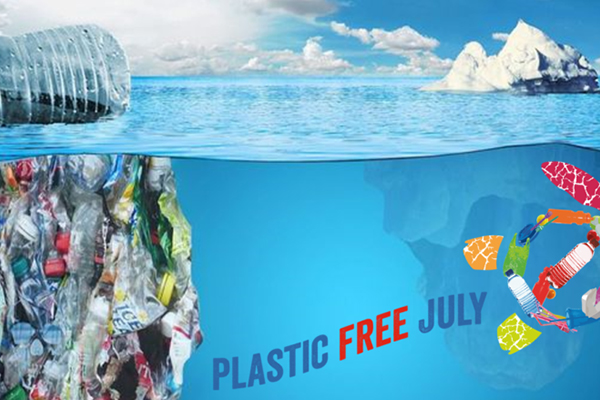So what are the stages for plastic-reducers, and what can brands be doing?
Planning
Anyone who has tried to live a day plastic-free will know that if you fail to prepare, you must be prepared to fail. Whether it’s buying a reusable coffee cup or water bottle so you’re not caught out at the counter, or remembering to take reusable bags to the supermarket to carry loose produce in, it all starts before the supermarket. Even before thinking about shopping, many brands are becoming more active in the educational phase of the journey, raising awareness for better ways to shop and why it’s so important.
As Pret bring out their own reusable containers and Ecover make their refillable bottles last a lifetime, there are ways to put your brand at the heart of a customer’s planning phase. That’s without even considering the strength of a brand’s educational power in addressing the problem and, crucially, promoting their solution. In doing so, brands can show that this is a priority issue; one they really do care about.
What could you be doing in the planning phase of a shopping trip to both help customers reduce plastic, and show that your brand cares?
Purchasing
As I noticed at the beginning of this journey, you’re on your own when it comes to plastic-free shopping. In the aisles of a supermarket, it isn’t easy to locate options that are plastic-free, if they even exist.
A brand can be at a huge advantage by helping customers at this moment. Take Fairtrade ingredients or sustainable palm oil: for consumers to locate this information, it would be near on impossible. However brands have stepped up to demand and started wearing their sustainability claims on their sleeves with certified logos and call outs.
What claims can you show plastic-conscious shoppers to help them in their purchasing decision?
Disposing
For all the efforts of a person trying to reduce plastic, sometimes (well, a lot of the time) life gets in the way and there ends up being a little more plastic in your rubbish bin that you would hope. Not all plastic is recyclable, and not everyone has access to sufficient recycling facilities. With difficult-to-recycle products, sometimes we need a helping hand.
In the retail sphere, H&M provide recycling points in all shops, promising that your pre-loved garments will end up in a better place. Oatly, a fast-growing oat-based brand, encourage their customers to recycle in fun and engaging way on the inside of empty containers (‘Whoever can make this pot into a bracelet first wins…’). Making recycling easy and innovative, is a clear way to express brand values and connect with customers.
What could your brand be doing to help consumers recycle, or make the process more engaging and inviting?


